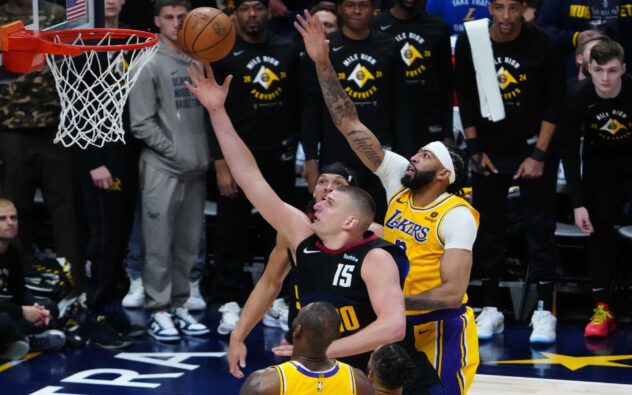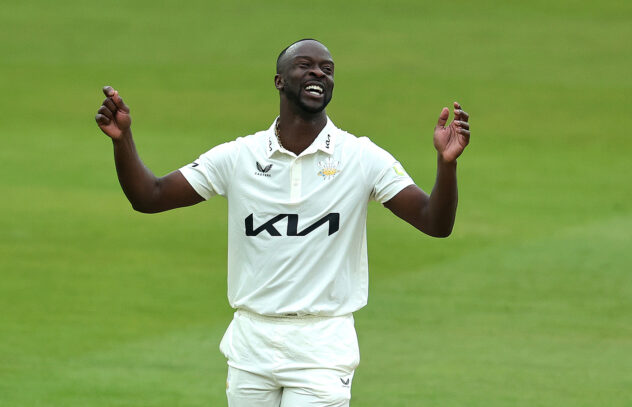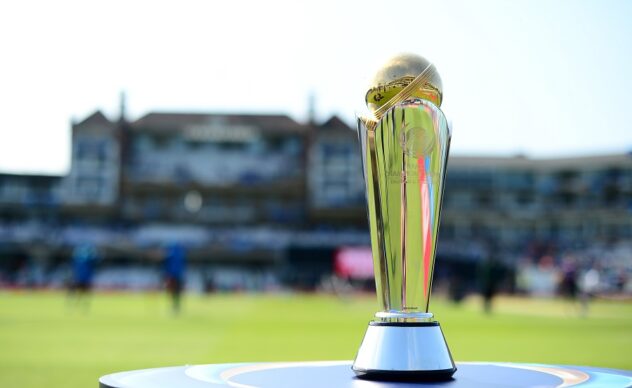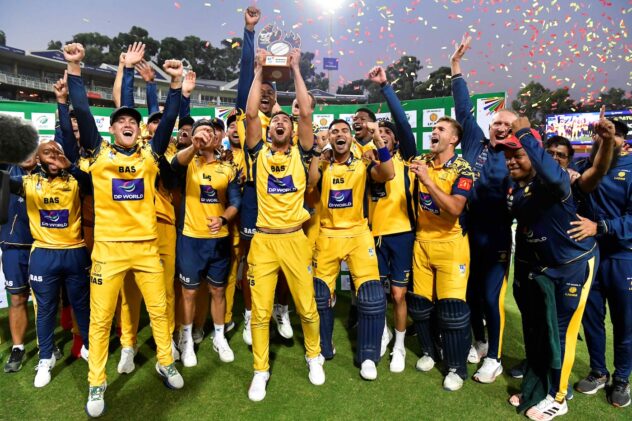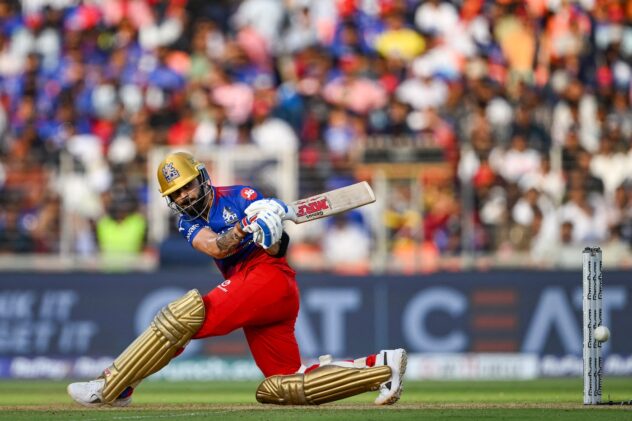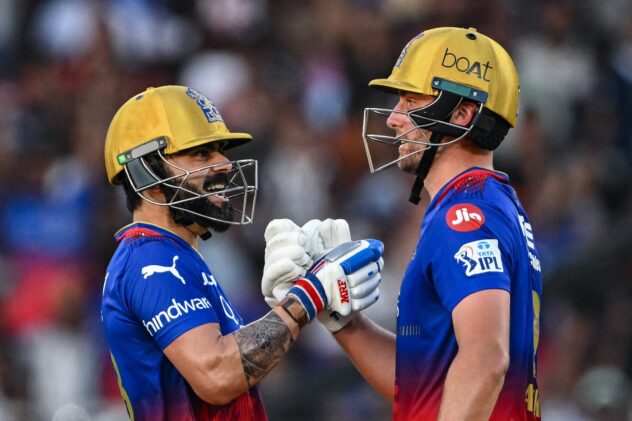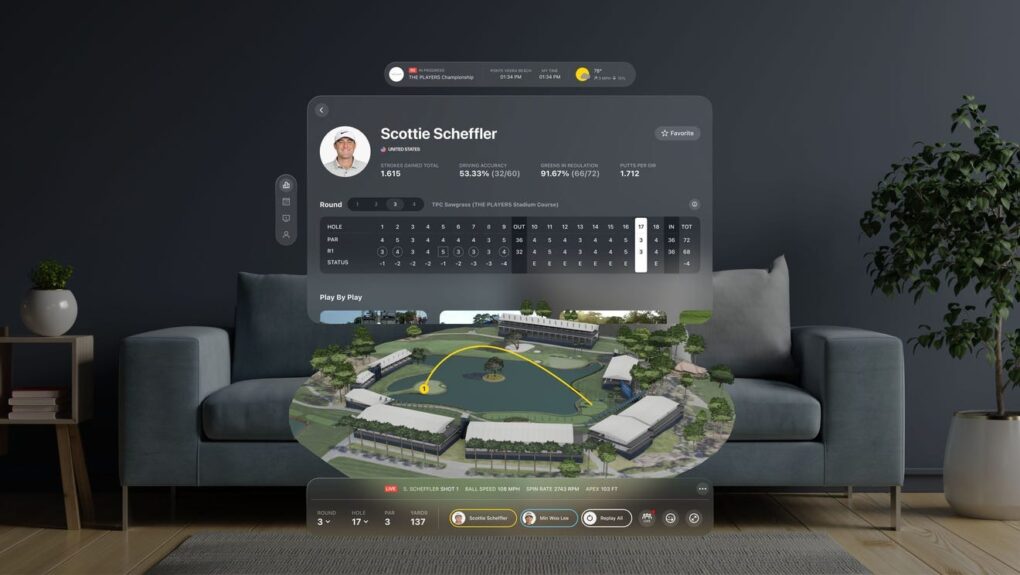
It’s March 18, 2074, and the 100th Players Championship is coming down to the wire at the par-3 17th hole of the venerable, 94-year-old Players Stadium Course at TPC Sawgrass.
The final twosome is on the tee, tied for the lead. Spectators at the course, sitting on cushions that can either provide warmth or coolness by tapping an app on their iPhone 65s watch as the two players wave their hands over a small display screen on their bags that give the distance to the flag, wind speed and direction — allowable under the Tour rules put in by commissioner Charlie Woods a few years before to speed up the pace of play to 3-hour rounds.
The players’ AI caddies speak softly in earpieces to let them know that the clubs they hit in the third round might not be the right clubs today because of a changing wind — don’t forget to account for a little extra adrenaline.
Davis Love VI, whose great-grandfather won The Players twice, wants to add to the Love family legacy with a victory today. He’s battling 17-year-old Hideki Sato, whose Japanese parents named him after the legendary Hideki Matsuyama who won four Masters titles and two Players Championships and at 82 years old, is a guest commenter for NHK. Young Sato, who won his first junior tournament at the age of 3, turned professional at 14 and has already won five tournaments on the Japanese Tour and three PGA Tour titles.
Fans have plentiful data on the two contestants. For those on-site, a holographic image of their stats hovers in the sky above the Island Green, with their record for the season to date and their past performances on No. 17. The large, clunky videoboards were junked years ago.
There’s also information on prop bets available on whether they hit the green or go in the water, which fans can make just before they hit by tapping devices that fit in their shirt pockets.
For the millions at home watching the modern version of TV — an image projected into their living room (or any other room they want) from tiny cameras embedded in their walls — there’s even more data available. Many fans turn big-time sporting events into watch parties that include family and friends who live thousands of miles away or on the other side of the world, who appear with them as holograms sitting on their couches.
Both players pull wedges from their bags. After all, golf still requires the act of striking the ball with a club, as it has been since the 1600s. The United States Golf Association has stubbornly maintained a firm grip on the distance players can hit, pointing out over the years that God isn’t making any more land regardless of the technology in other areas. Severe water restrictions, given dramatic climate change and rising populations, make 8,000-yard golf courses impractical.
Fortunately, innovations in agronomy have produced turfgrass at courses near the ocean that can grow and thrive on seawater.
As a result, the 135-yard tee shot players had in the 2024 tournament is still 135 yards in 2074. The big difference is that both players got their club specs from their equipment manufacturers, fed the info into their home 4D printers, and made their 14 clubs in about 30 minutes.
The buzz of the crowd quiets as Love steps into his shot. With one swing, the ball heads to the front-right Sunday pin, where it’s been for the 92 Players Championships held at the Stadium Course.
Will it hit the green and stop near the hole? Is it a slight pull, which will result in a 50-foot downhill putt?
Or is it in the water?
Some things haven’t changed.



